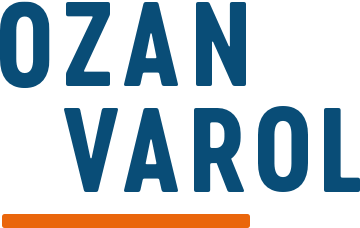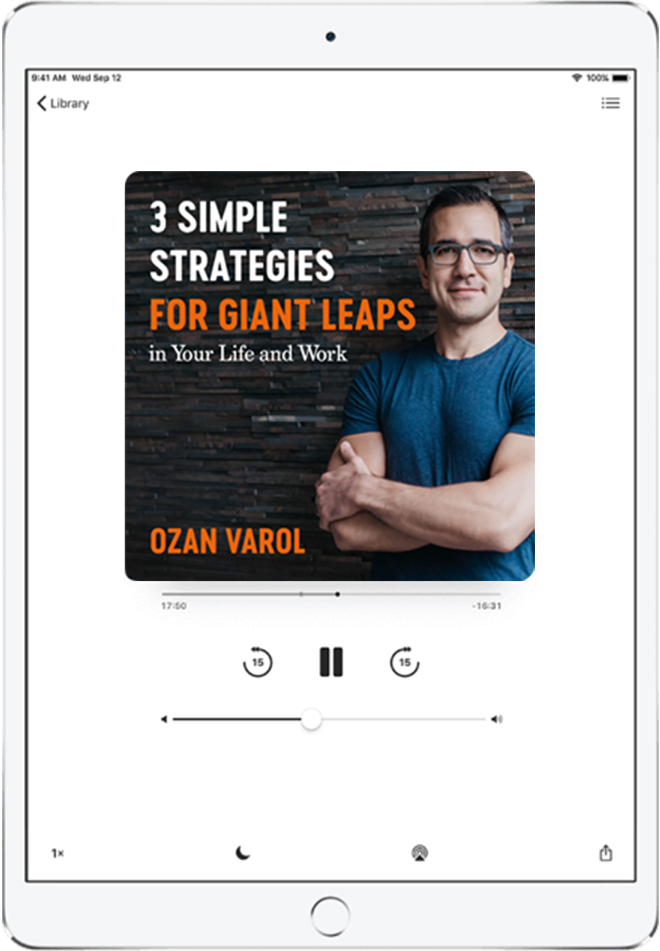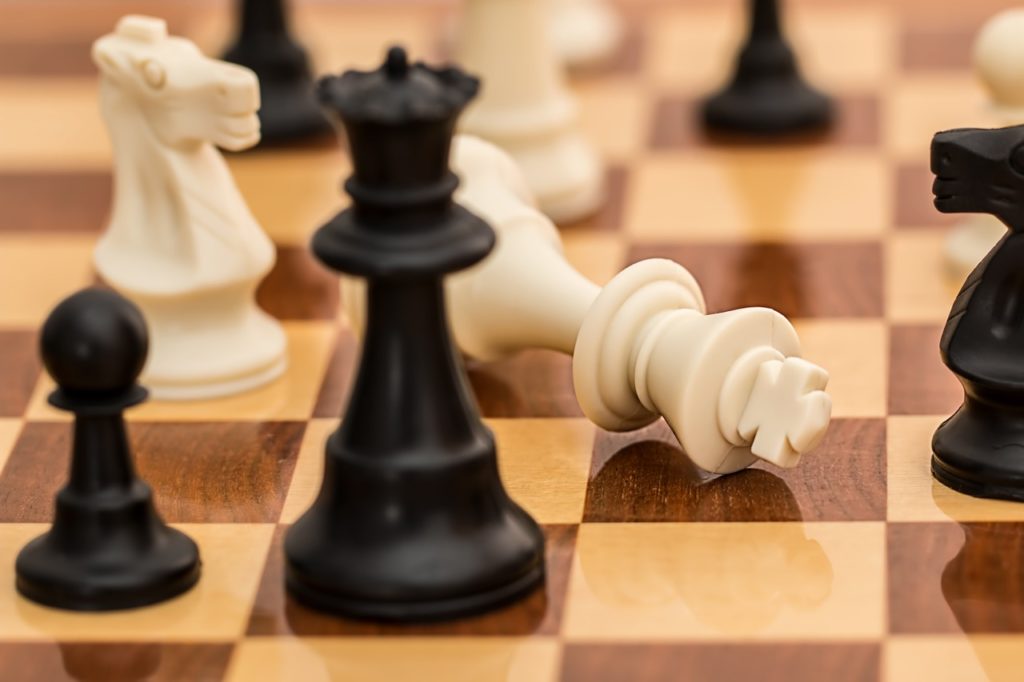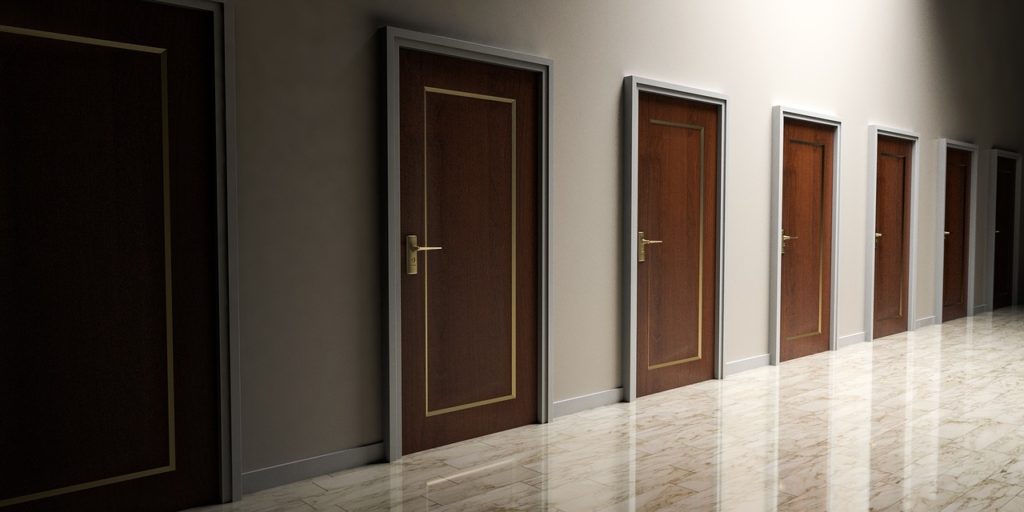Every time we plan a trip, I get stressed out . . . over hotel options.
Should I pick the one closest to downtown? Oh, but this one has a pool. Let me check those TripAdvisor ratings. The ratings are about equal, but this one got two terrible reviews over the past week. Why not just go with an Airbnb for a more authentic experience?
Before I know it, an hour has passed and I still haven’t booked a room. What’s worse, that’s an hour I spent not doing far more important work.
Yes, these are first-world problems. Having options is a luxury. A privilege. But, as Barry Schwartz argues in the Paradox of Choice: Why More is Less, this problem takes a real toll. We’re living in an age of abundance where we have more choices than ever before. In most cases, some choice is good over no choice. But “as the number of choices we face increases, freedom of choice eventually becomes a tyranny of choice.”
An abundance of choice does more than simply trigger analysis paralysis and the ensuing stress response. With numerous choices facing us throughout the day, we experience serious decision fatigue. Your decision-making ability is a finite resource that gets depleted every time you make a decision—whether it be choosing what to wear to work or the route you’re going to take on your commute. By 4 pm, having made hundreds of small decisions, your cognitive powers have been depleted–which is why it’s so hard to resist that donut by the end of the day.
Here are eight strategies that I learned from the Paradox of Choice that you can use to stop analysis paralysis.
1. Place artificial constraints on your freedom of choice.
While in office, President Obama wore only blue and gray suits. Why? He didn’t want to stand in front of his closet every morning and debate wardrobe choices. His goal was to preserve his decision-making abilities for the far more important decisions he’d have to make throughout the day.
When the world presents us with endless options, we can take a cue from President Obama and place artificial constraints on our freedom of choice.
Here are some of the voluntary constraints I’ve adopted in my life.
The first 60-90 minutes of my day look exactly the same. I meditate, journal, and workout every morning—regardless of what day it is. I’m not twiddling my thumbs and debating about whether I should go swing some kettlebells. I just do it.
I have the same thing for lunch when I’m working from home (three eggs, kale, and spinach). Boring, I know, but it’s one less decision I have to make.
2. Remember the opportunity costs of decision-making.
Think about a decision you made recently—whether it be the kind of jeans to buy or where to go on vacation.
How much time and resources did you spend on that decision? How much anxiety was generated by the incessant consideration of numerous options?
Keep in mind that everything we do comes with an opportunity cost. If you’re spending an hour perusing hotel options, that’s an hour that you’re not giving undiluted attention to work that matters.
3. “Good enough” is good enough.
Parents, as Schwartz puts it, usually don’t say “I want only the ‘good enough’ for my kids.”
But sometimes, good enough is good enough. This doesn’t mean settling for mediocre. It simply means stopping your search for the “best” (which, by the way, doesn’t exist). If you shoot for the “best,” you’re not going to get there, and when you don’t get there, you’ll be sorely disappointed.
To be sure, sometimes, choices really matter. But you know what those choices are. They are a small subset of the hundreds of choices we make each day. You don’t have to shoot for the “best” in every facet of your life. Concentrate your limited decision-making powers on the choices that matter the most and disregard the rest.
4. Stop asking “what if?”
The same thing happens every time I pick a movie to watch. I check major movie rating websites—e.g., Rotten Tomatoes, Metacritic, etc.—to make sure I’m making the “right” decision. I debate the pros and cons of several different options and finally settle on something.
10 minutes into the movie, my inner voice kicks in: You made the wrong choice. This movie is too boring. You picked it because it has subtitles, so you thought, “Hey, it must be art.” But the seventeenth iteration of the Fast and Furious series would have been far more entertaining.
This is what we call buyer’s remorse. These “what if” thoughts detract from the satisfaction you’re supposed to get from the moment.
What if you stopped asking “what if?” and just enjoyed the movie? In the end, watching a crappy movie is far less frustrating than the decision-making process that precedes it and the buyer’s remorse that follows it.
5. Keep expectations modest, even if your life improves.
Hedonic adaptation refers to the tendency of human beings to return to a relatively stable level of happiness after a major life event, positive or negative. Studies show that people who win lottery tickets and people who suffer from a serious injury both tend to return to their pre-event level of happiness after a temporary dip or bump immediately following the event. But there’s no permanent gain or loss in happiness.
I’m sure you’ve observed this phenomenon in your own life. That new car won’t give you the same pleasure as it did the day you brought it home. That new computer will be old news six months from now.
It’s sobering to keep hedonic adaptation in mind when you go out to buy something shiny and new. It won’t make you happy. And if it won’t make you happy, why waste your time repeatedly mulling through different options?
6. Don’t postpone your decision-making process.
How many times do you look at the same email before you take any sort of action on it? If you’re like me, you read it, you think about a response, but proceed to do something else instead of replying. An hour later, you come back to the same email, you read it (for the second time), and again do nothing.
Can you imagine treating your physical mailbox the same way? You go out, check your mailbox, you look through the pieces of mail, throw some of them away, put the rest back in. Ten minutes later, you go back again and look through the exact same pieces of mail. Rinse and repeat.
That’s insanity. But that’s what we do for email and numerous other inconsequential decisions in our lives.
7. Imagine worse alternatives.
We ordinarily create what Schwartz calls “upward counterfactuals,” which are hypothetical states better than what actually took place. What if we had picked a different movie, a different hotel, a different school, or a different pair of jeans instead? Life would have been so much better.
Downward counterfactuals are the opposite. They are hypothetical states worse than the present reality. Instead of imagining what your vacation at a “better” town might look like, imagine getting stuck for a week in the middle of nowhere. Thinking through worse alternatives, in turn, will allow you to see the present reality in a much better light.
8. Embrace serendipity.
Stumbling on an amazing, hole-in-the-wall restaurant by accident can be far more enjoyable than dinner at a fancy French restaurant that you found after agonizing over numerous options.
You can grab a copy of the book here or watch Schwartz’s TED talk on the same subject here.




